It’s crucial to understand exactly what you’re getting into before making the commitment of bringing a pet into your house. This was proven over the course of the pandemic where puppies were bought in hoards, then many were re-homed or taken to a shelter, because the reality of having a pet at home while you’re working can be very different from what you and your family imagined.
But the joy that animals bring is worth the initial stress and organization. So, what do you need to know before you bring home your newest child? While it might not be a human baby, young animals such as puppies or kittens often need the same level of attention as a newborn – except this baby will probably be able to run much faster than you can.
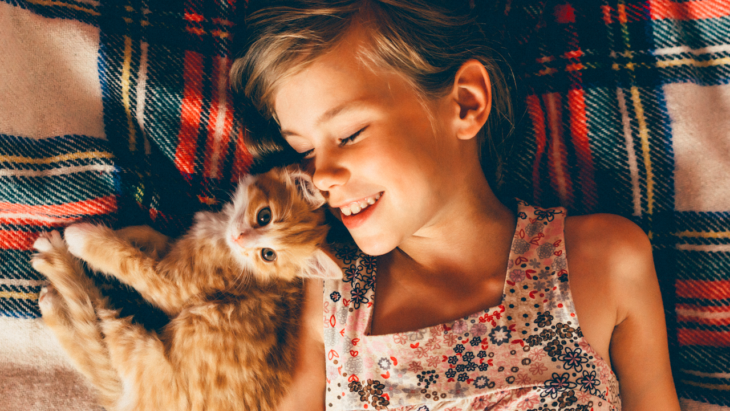
Source: scarymommy.com
Contents
Can You Afford It?
Pets are an expensive business. If you have a comfortable amount of spare income each month you may be in a place where you can manage the costs of having a pet on top of your usual monthly expenses. First, you should consider the costs of everything you’ll need for maintenance of the pet, such as:
- Food costs, as well as bowls, snacks, and treats.
- A bed and crate, potentially a carrier too if needed for cats or small dogs.
- Lots of toys to keep them entertained, as well as mentally stimulated.
- Their collar and tags, and lead if you will be walking them.
- Grooming equipment like brushes, shampoo, or trips to the groomers.
- Vet bills, even for healthy dogs regular checkups and vaccinations can add up.
- Registration fees for microchip.
- Insurance for the pet’s health.
Research finds that families are four times more likely to insure their pet than their income. But make sure you can afford your pet in any circumstances by finding robust and affordable insurance policies to protect your family and its new addition.
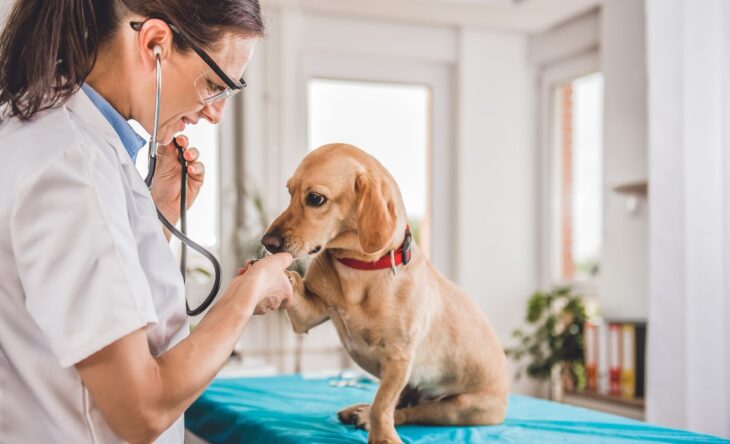
Source: Unsplash.com
Is Your Home Pet-Safe?
Next thing to consider when buying a pet is to take a look at your own home. Here are some questions to ask yourself to find out if it is pet safe.
Do you have a garden? For example, a flat might not be suitable for puppies unless you have access to a shared garden area or private balcony where they can do their business.
Do you have a lot of plants, both indoors and outdoors? Many plants, flowers and shrubs can be poisonous to animals, and it can be common for pets to chew whatever they can get their paws on, especially young ones.
Is your furniture and decor going to be safe? Are there a lot of sharp edges, or fragile items that an animal could bump into and potentially break? Another good tip is to get on your hands and knees and have a look around every room. What are the risks you can see from that level? This will be your pet’s eye-height, so move any items that could be a risk out of sight or put them away to protect the animal and your belongings.
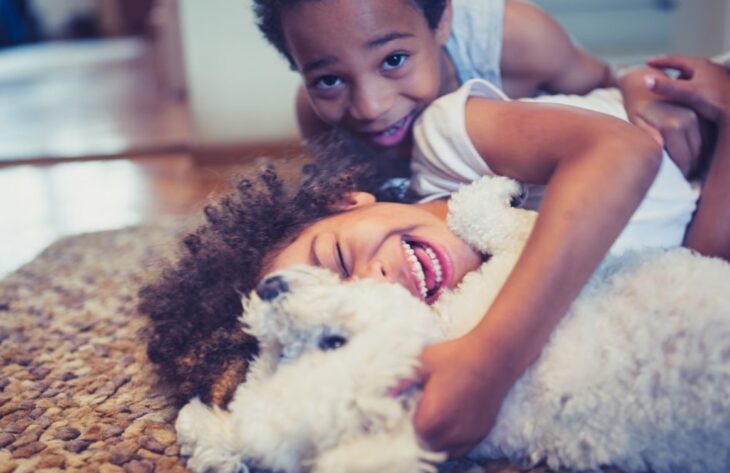
Source: WorkingMother.com
Do You Have Children Already?
Everyone in the household must be on the same page before getting a pet. Communicate between yourself and your partner about who will be responsible for the animal and its exercise – it’s important to know the answer to this beforehand as this can be very time consuming if you have a very energetic breed of puppy who needs to walk three times a day, for example.
If you already have kids, how will they react to the new pet? Are they allergic, and how will you manage the pet if they do develop allergies? Will the children help walk the pet too? It’s crucial to get them to understand the responsibilities involved in having a pet, so they can help out if they are old enough.
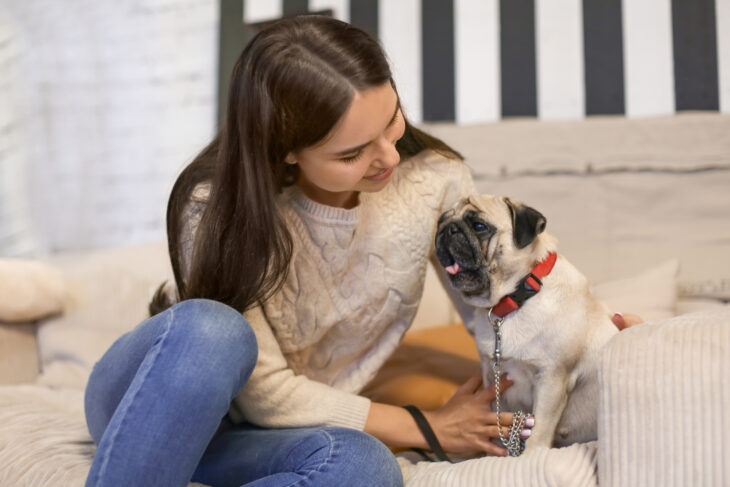
Source: nearsay.com
What precautionary measures must be there when you have a pet at your home?
Your child’s safety around any animal is your prime most responsibility as a parent. So, you must be very much vigilant regarding all the animals including your own pet, neighborhood pets, and wild animals. According to Legal & General, like many other life insurance companies, it is highly advisable to get your children as well as pets insured so as to handle any mishap properly and legally. Here are some measures to be taken for a safe living.
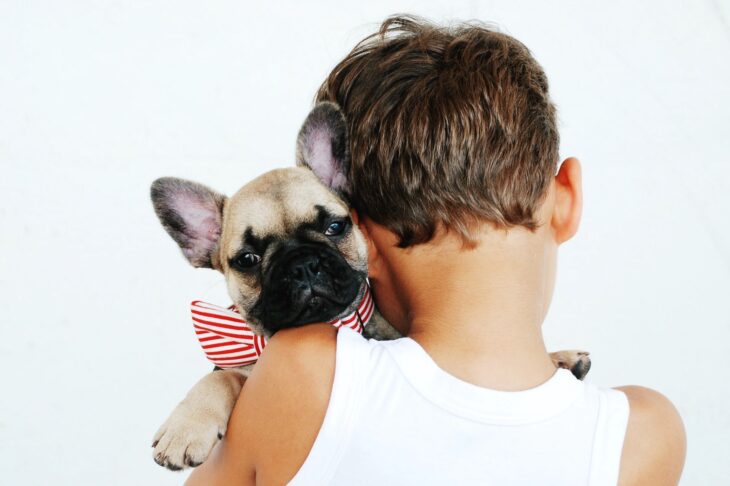
Source: unsplash.com
Never tease or mistreat a pet
Always be watchful that your child does not tease or abuse your pet. Rather, it must be treated humanely so it can enjoy human company. Never let your child pull the tail of your pet dog or snatch away its toy or bone. It will make the pet irritated and aggressive. Besides, no pet must be disturbed while it is sleeping or eating.

Source: AlphaPaw.com
Never leave a young child alone with an animal
An innocent child at a tender age never knows how to treat a pet animal such as a dog or a cat. It may irritate or over-excite the pet even during playful times. There are chances that the pet may hurt the child under such a circumstance. So, it is only wise never to leave your young child alone with your pet.

Source: unsplash.com
Look out for the pets in your neighborhood
You must be aware of the pets in your surroundings so that you may tell your children about them and how to treat them if they come across them. Besides, your child must be familiar with the pets he is likely to have contact with. You must discuss the nature and the habits of those pets with their owners or masters to get a better know-how of the best way to tackle them.
So, as you can see, getting a pet is life changing. Bringing a new living being into your home can be disruptive as well as exciting, so it’s important to be financially, mentally, and physically prepared for your new arrival. You may have to face some unwelcoming outcomes if you do not pay heed to the above said precautions or premonitory measures.
